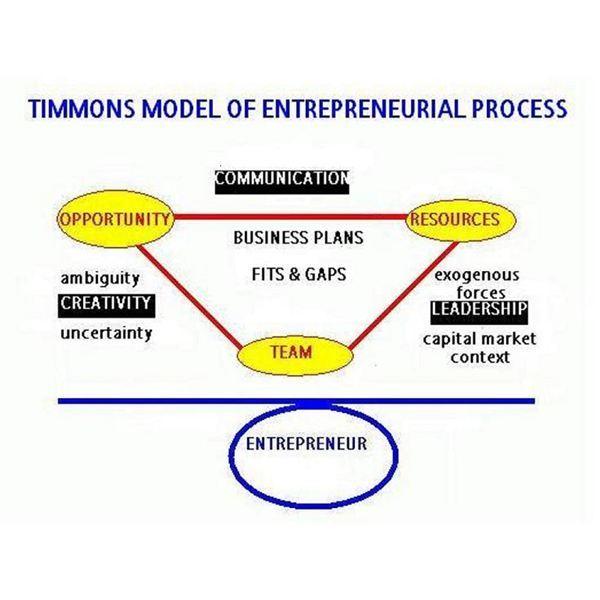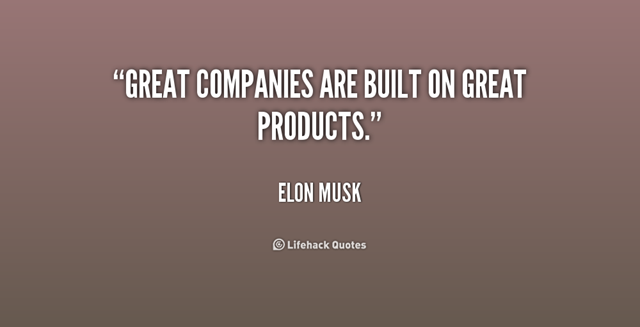Introduction
“Entrepreneurship is simply a matter of luck, being in the right place at the right time.” This quote relates to entrepreneurial performance-based on sheer luck against other ingredients of success, such as talent, education, training, hard work, and skills, among others. To this end, it is a problematic statement because it is not simple to measure luck objectively. This report focuses on Elon Musk as an entrepreneur of choice to explore how luck accounts for entrepreneurial performance.
The Entrepreneur: Elon Musk
Elon Musk can simply be described as a do-it-all entrepreneur. Musk has realised critical achievements in different fields, including software, e-commerce, Internet, automobiles, sustainable transportation, clean energy, and now the space world.
From a humble background in South Africa, Musk now lives in the sought-after Bel Air LA. Musk’ entrepreneurial path is characterised by curiosity, determination, and the need to lead and innovate to improve the world. Simply referred to as introvert in nature, Musk was generally isolated in childhood. Perhaps this seclusion created an opportunity to generate ideas.
At the age of 17, Musk moved to Canada (An 2015). He graduated at Queen’s University in Ontario in 1992. Musk then moved to the University of Pennsylvania to pursue Bachelor’s in Physics and later Wharton School for a Bachelor’s in Economics.
At the age of 24 years in 1995, Musk had already defined three specific areas of focus – sustainable and renewable energy, the Internet, and outer space. Today, he is referred to as an inventor, engineer, and a visionary leader, achieving what few can dream of doing.
Timmons Model of Entrepreneurship
Based on Timmons Model of Entrepreneurship, three vital factors that influence entrepreneurial success include opportunities, teams, and resources (Timmons, Zacharakis, & Spinelli 2004). A successful entrepreneur must understand these factors and be able to balance them effectively. Musk is therefore considered as an entrepreneur who has mastered these critical success factors.
Elon Musk has searched for opportunities, shaped those opportunities into highly successful businesses by relying on effective teams of engineers and accumulating adequate resources to drive the growth. These processes are characterised by risk-taking, which touches on career and personal cash flow with the aim of earning rewards that reflect risk and efforts involved in the venture.

The Opportunity Factor
Musk investments are opportunity-driven, and the market forces have shaped those opportunities. Musk and his brother, Kimbal founded their first venture, Zip2 – a Web software firm for newspapers publishers. The company was later sold to Compaq in a deal in which Musk received 7% of the sales ($22 million).
Musk used this capital to launch X.com, an Internet financial services firm. X.com later merged with Confinity to create PayPal in 2001. Musk held the largest shares in the company. PayPal grew to become the largest Internet payment processing firm. It was later sold to eBay in the acquisition deal that Musk reportedly got $165 million in 2002.
After the PayPal deal, Musk focused on affordable space travel and launched SpaceX in 2002 with the idea of promoting relatively affordable space exploration. The entrepreneur noted that exorbitant costs restricted governments and people from exploring outer space. As such, he focused on a cost-effective approach of exploring the space and noted the viability of reusable rockets.
SpaceX has been linked to several pioneering achievements, including being the first liquid-fueled rocket (Vance 2015). The initiative was privately funded to launch the first spacecraft, the first spacecraft to explore the International Space Station, and the first satellite to be launched into the geosynchronous orbit. It is imperative to recognise that SpaceX designs, tests, and fabricates its space vehicle components in-house. This strategy significantly helps the company to cut costs.
In the year 20104, the serial entrepreneur joined Tesla Motors. The company specialises in electric automobile making. Tesla, under Musk, has launched Tesla Roadster, the Model S in 2009, Model X, and the latest Tesla Model 3. These cars run on lithium-ion battery cells. These have been some of the most publicised cars because of the out-of-the-box approach adopted by Musk and his desire to reduce the costs of electric cars while positioning them as mainstream vehicles. Musk is now compared to Henry Ford and other pioneers. In 2013, Tesla realised profits under Musk leadership.
In addition, HyperLoop, which is a high-speed public transport system, is an innovative idea driven by Musk. Further, Musk is responsible for the design concepts of SolarCity in the US to provide clean energy.
Musk has recognised that a good idea is not the same as a good business opportunity, and the prevailing market conditions ultimately determine the potential of the idea. Musk, therefore, has strived to create or add value to customers, create attractive, timely, and durable products for humanity. Market opportunities, rather than finance and business plans, seem to drive Musk. Hence, he readily invests and gets finance to support failure-proof business opportunities.

The Team Factor
When Musk identified viable opportunities in sustainable energy and transportation, clean energy, space travel, and Internet ventures, he embarked on recruiting teams of engineers from Silicon Valley. According to the Timmons Model, a good team is irreplaceable in a business venture because a bad team is most likely to ruin any great business opportunity. Musk realised that the quality of his workforce was a great opportunity to unlock higher potential and drive his companies to a growth path. In this case, Musk’s teams of employees are simply creative while he offers the necessary leadership to manage the available resources effectively.
As the model alludes, an entrepreneur should be able to conjure up a great team, and Musk has been able to build, motivate, and retain an excellent team to ensure business success. In addition, Musk recognises that great talents are rare and, therefore, he focuses on team improvement.
The Resources Factor
Timmons model does not support the idea that massive resources are required to start a business. Instead, the model encourages bootstrapping to ensure that a venture attains a competitive edge through driving down costs, developing lean organisations, and encouraging creative use of available resources to achieve more.
Elon Musk noted that he could survive on a dollar each day while working on his Internet Startup in the US at the age of 17 years old. In fact, minimal resources drive all companies associated with Musk, including the SpaceX, which reduced the cost to 10% of the industry average. The entrepreneur decided to work from his apartment rather than renting an office space. As he acquired sufficient resources in terms of cash, Musk invested in larger projects while recognising that resources were scarce, but he believed that with a good business opportunity and team, there would be no problem attracting investors and customers. Musk focused on minimising and controlling resources to meet the needs of the business opportunity and the team to develop attractive products and services (Kishan 2016).
A Reality Check
While some aspects of Musk’s entrepreneurial journey could be attributed to luck (being at Silicon Valley at the right time), major factors are noted on identifying viable business opportunities, working with an excellent team of engineers from Silicon Valley, and assembling adequate resources to drive the ventures.
It is observed that viable opportunities, team, and resources rarely match to deliver successful business. In the case of Musk, however, these three vital ingredients have played perfectly well at the right moment. In this case, Musk has been able to apply creativity and leadership strategies and advance effective communication to realise successful ventures. Some research showed that luck, however, played a role in how entrepreneurs managed their activities, which included determining the right business opportunity and the right time to enter the market (Liechti, Loderer, & Peyer 2012).
Further, it was noted that the perceived essence of luck, as a function of performance, could influence the real decisions affecting the opportunity itself, resource leverage, and the industry choice. Nevertheless, luck is not the only element of the entrepreneurial model for success, and it is found at the bottom of the list (Aberman 2011; Clark 2014; Vinderine 2015).
Musk showed the will to succeed and always compensated for his lack of knowledge through exhaustive reading (Tarpinian 2015). Musk also demonstrated greater innovation, high standards, the highest risk appetite, the desire to do good to humankind, leadership, and personal engagements were critical to entrepreneurial success.
Reference List
Aberman, J 2011, The Role of Luck in Entrepreneurial Success. Web.
An, S 2015, Elon Musk- The Complete Journey of a Visionary Entrepreneur. Web.
Clark, P 2014, ‘3,000 Entrepreneurs Say Luck Has Little to Do With Their Success‘, Bloomberg. Web.
Kishan, D 2016, Elon Musk Story: The Man who will save the world. Web.
Liechti, D, Loderer, CF & Peyer, U 2012, ‘Luck and Entrepreneurial Success’, SSRN Electronic Journal, pp. 1-50. Web.
Tarpinian, N 2015, Why Elon Musk is the Greatest Entrepreneur of the 21st Century. Web.
Timmons, JA, Zacharakis, A & Spinelli, S 2004, Business Plans that Work: A Guide For Small Business, McGraw Hill, New York.
Vance, A 2015, Elon Musk: How the Billionaire CEO of SpaceX and Tesla is Shaping our Future, Ebury Publishing, London.
Vinderine, S 2015, ‘Great Entrepreneurs Don’t Just Rely on Luck’, Huffington Post. Web.